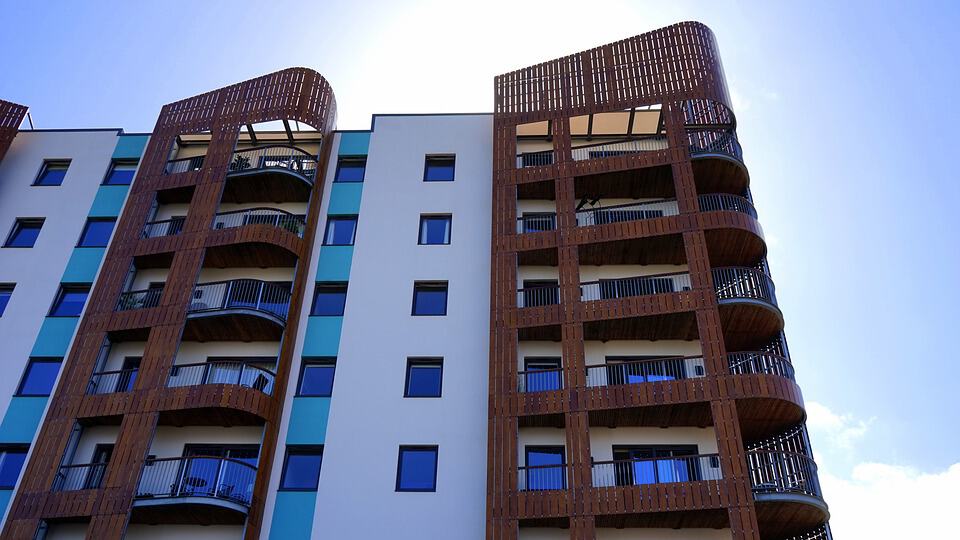When asked, most people would say that they should “stop, drop, and roll” if their clothes caught fire. There are a few other basic rules most people know to follow, such as crawling on the ground because smoke rises. But many residents of apartment buildings are fuzzy on the details when it comes to emergency evacuation from high-rise buildings. When there are hundreds or thousands of people clamoring to get out of a burning building, chaos can ensue – and chaos can be just as dangerous as the fire itself. Having a clear high-rise evacuation plan is essential in ensuring residents get out safely and in an organized fashion. And using cloud-based emergency preparedness and planning software, like SecureCore, can help multifamily property managers and staff access their disaster plans and get all residents out safely.
1. Prepare Your Building for Emergency Evacuations
Safely evacuating a high-rise apartment building during an emergency starts well before the emergency begins. Offering safety features can make a big difference – in fact, sprinklers can extinguish many home fires quicker than the fire department can get to the scene! Taking these basic steps will lay the groundwork for a successful evacuation:
- Invest in safety features such as sprinklers, fire alarms, and voice communication alarms
- Clearly mark all exit doors and stairwells
- Make sure exit doors are not blocked or locked
2. Practice Your Evacuation Plan
Practice is the best way to be prepared in case of an emergency. If people don’t get enough practice, they tend to let their panic get the best of them. In movies or on TV, people break windows to escape a fire. These are the messages many people are seeing, yet breaking windows is not wise. Open windows can let in more smoke, and the broken glass is likely to hurt rescuers as well as evacuation equipment. Evacuation plans become more complex the more floors there are to evacuate, but the basic procedures remain the same.
Building fire drills should occur a minimum of once a year. Your building’s exits and stairways must be clearly marked, which is especially important because residents should never use the elevator in the event of a fire. The emergency evacuation plan should be easy to access and posted where residents can see it and review it, and safety systems within the buildings should be tested periodically to ensure they’re working properly.
3. Keep Your Staff Informed
Practicing emergency evacuation from high rise buildings doesn’t just benefit residents. It also benefits all apartment staff and other members of management. A solid plan doesn’t do residents much good if the property staff isn’t in the loop and participating regularly in drills. Whether your building has one floor or 40, everyone needs to be prepared. Fires spread quickly, so establishing, practicing, updating, and successfully executing evacuation plans are key to getting everyone to safety.
The steps to follow to ensure emergency procedures run smoothly are:
- Early warning through voice communication
- Adequate exit routes
- Resident familiarity with the plan through knowledge and regular drills
Residents assessed as being in the greatest danger need to be allowed to exit first, while other residents will need to stay where they are and wait for further instruction. Announcements need to be able to be adequately conveyed to residents. Successful emergency evacuation from high rise buildings requires that everyone stay calm.
Disaster planning software like Securecore helps keep staff organized and in control when disaster occurs. Staff can easily see the property’s specific evacuation procedures, routes, and maps, even during an emergency when there is no reliable internet connection. Training and support are available to help you fully understand the technology. It’s more than just having a high rise evacuation plan – it’s knowing the plan, conveying the plan, and practicing the plan. Contact us to request a free software demo to learn how SecureCore can help your team prepare for and successfully execute high-rise evacuations!

